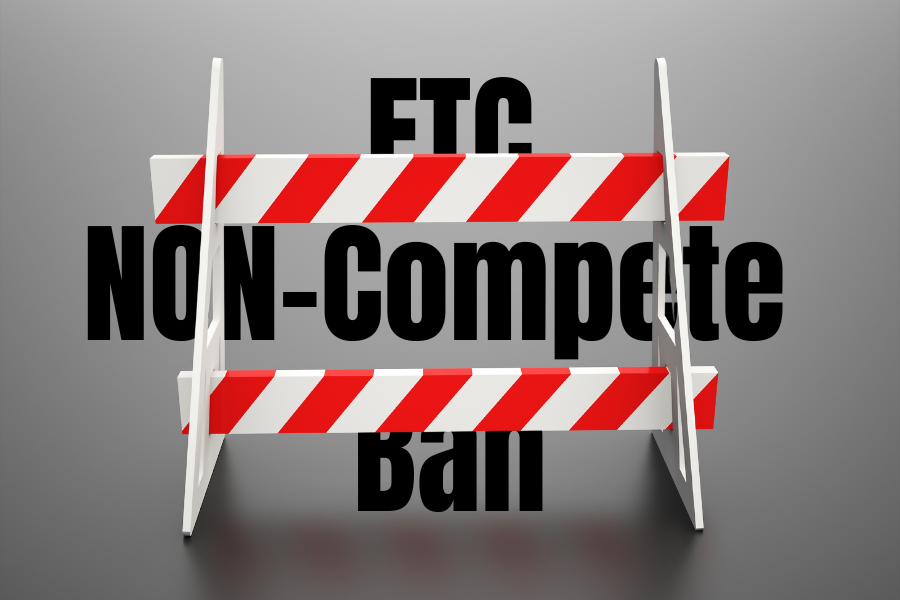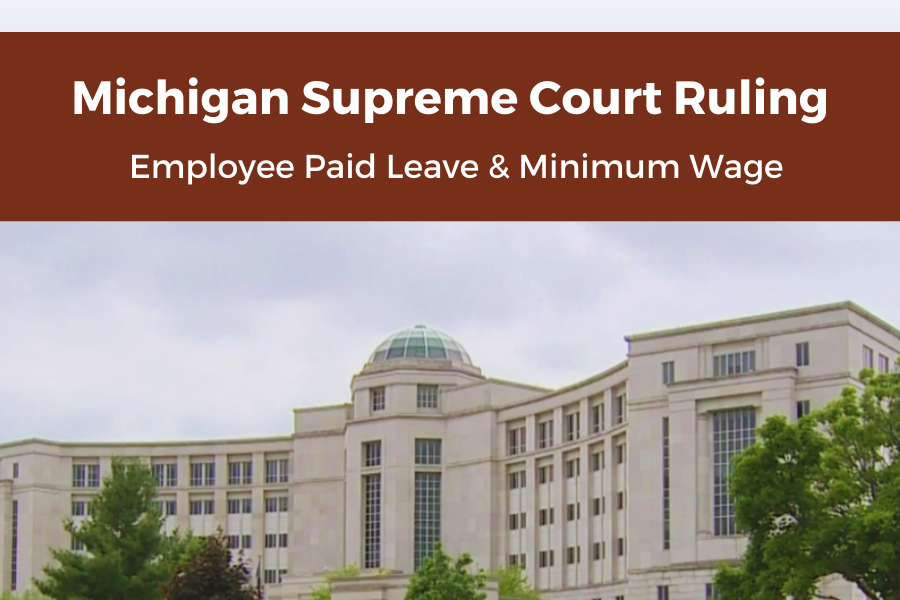 Avoid Potential Liabilities when returning to the office
Avoid Potential Liabilities when returning to the office
By Attorney Andy Hilger
Without a doubt, many workers are huddled around the virtual water cooler waiting to be called back to in-person work. Many of them are excited while others are still trying to enjoy working remotely. Regardless of where your employees fall, employers need to consider what plans and procedures they have in place to get people back to their desks without exposing the company to potential liability.
Besides the numerous considerations for safety measures and controls for compliance with the applicable rules, regulations, and administrative orders, employers should have a written plan in place regarding who is called back to work and when. Calling employees back on an arbitrary or individual basis without a written plan or strategy could have unintended consequences.
Employers are eager to get their top performers back in the office as soon as possible. However, if employers only call back members of a particular class before others, whether that class is age, gender, race, or otherwise, employers could be unknowingly exposing themselves to potential discrimination claims. This is especially true if an employer is unable to demonstrate through a written plan that the sequence of calling employees back was based on nondiscriminatory criteria. In addition, avoiding calling back certain employees with higher risks of adverse effects to COVID-19 due to a disability, age, or other characteristic would run afoul to the Americans with Disabilities Act, even if done for benevolent purposes.
Developing a plan which uses criteria such as seniority, market sector, or other nondiscriminatory factors is recommended for getting employees back into the office. Another option is recalling all workers but implementing certain administrative controls such as rotating schedules so that the number of employees at the office remains limited.
As eager as many of us are to get back to work and to pre-COVID life, we need to be patient in the final stretch not to undo the hard work we have put in thus far. With much of our attention over the last year having been devoted to compliance with new rules and regulations from a variety sources, employers need to keep in mind how existing laws will apply to the process of returning to normalcy.




